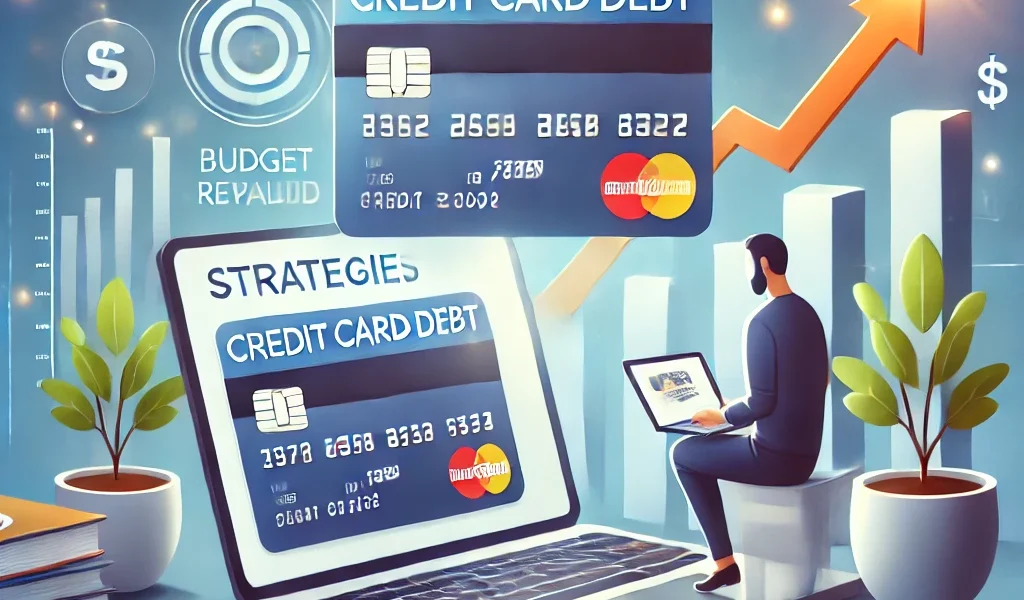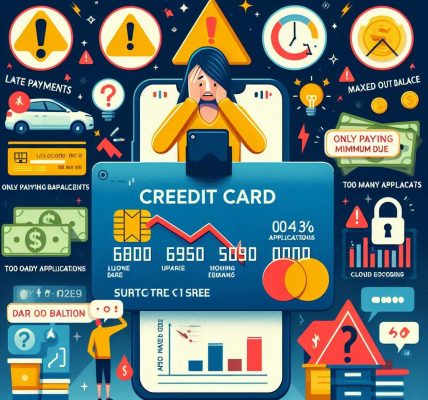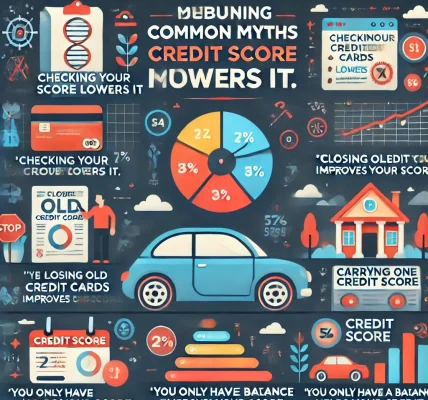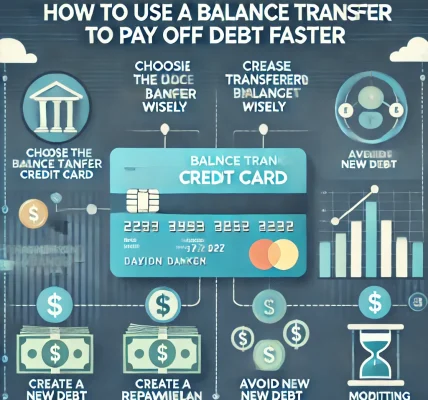Credit card debt can be overwhelming, but getting out of it doesn’t have to destroy your credit score. The key to managing debt effectively is using strategies that reduce balances while maintaining a positive payment history. This guide will walk you through actionable steps to pay off credit card debt without negatively impacting your credit rating.
1. Understand Your Debt Situation
Before creating a repayment plan, assess your total debt. Follow these steps:
- List all credit cards: Include balances, interest rates (APR), and minimum payments.
- Check your credit report: Review any missed payments or errors.
- Determine your budget: Find out how much you can allocate toward debt repayment each month.
2. Prioritize Payments Using Effective Strategies
Two popular methods help manage credit card debt efficiently:
A) The Snowball Method (For Motivation)
- Pay off the smallest balance first while making minimum payments on others.
- Once paid, roll the payment into the next smallest debt.
- Keeps motivation high as you see progress quickly.
B) The Avalanche Method (For Lower Interest Payments)
- Focus on the card with the highest APR first.
- Make minimum payments on others.
- Saves more money in the long run by reducing interest charges.
3. Make More Than the Minimum Payment
Paying only the minimum keeps you in debt longer and increases interest costs. Instead:
- Increase your monthly payment as much as possible.
- Consider bi-weekly payments to reduce the principal faster.
- Round up payments (e.g., pay $120 instead of $100).
4. Consider a Balance Transfer (With Caution)
A balance transfer involves moving high-interest debt to a new card with a 0% introductory APR. Things to keep in mind:
- Ensure you can pay off the balance before the promo period ends.
- Factor in balance transfer fees (typically 3-5%).
- Avoid new purchases on the transferred card to prevent more debt.
5. Negotiate Lower Interest Rates
Many credit card issuers are willing to lower your APR if you have a good payment history. Steps to negotiate:
- Call customer service and request a lower interest rate.
- Mention your loyalty and positive payment record.
- If denied, ask if they have any hardship programs.
6. Consolidate Debt With a Personal Loan
A personal loan with a lower interest rate can help pay off credit card debt faster. Benefits include:
- A fixed monthly payment schedule.
- Lower overall interest costs.
- Improved credit mix, which can help your credit score.
7. Use a Debt Management Plan (DMP)
A DMP, provided by nonprofit credit counseling agencies, helps you:
- Combine multiple debts into one payment.
- Lower interest rates through negotiations.
- Avoid bankruptcy while maintaining credit health.
8. Avoid Actions That Can Harm Your Credit Score
While paying off debt, avoid these common mistakes:
- Closing old credit cards: This reduces your credit history length and available credit.
- Maxing out cards: High utilization can lower your score.
- Missing payments: Always make at least the minimum payment on time.
9. Increase Your Income to Pay Off Debt Faster
Consider ways to generate extra cash:
- Freelancing, part-time jobs, or selling unused items.
- Using work bonuses or tax refunds to pay off debt.
- Reducing non-essential expenses to allocate more money toward payments.
10. Build Better Financial Habits
To stay debt-free, develop habits like:
- Using credit cards only for essential purchases.
- Creating an emergency fund to avoid future debt.
- Tracking spending and budgeting consistently.
Final Thoughts
Eliminating credit card debt without harming your credit score is possible with the right approach. By making strategic payments, negotiating lower interest rates, and building good financial habits, you can regain control of your finances while protecting your creditworthiness.




